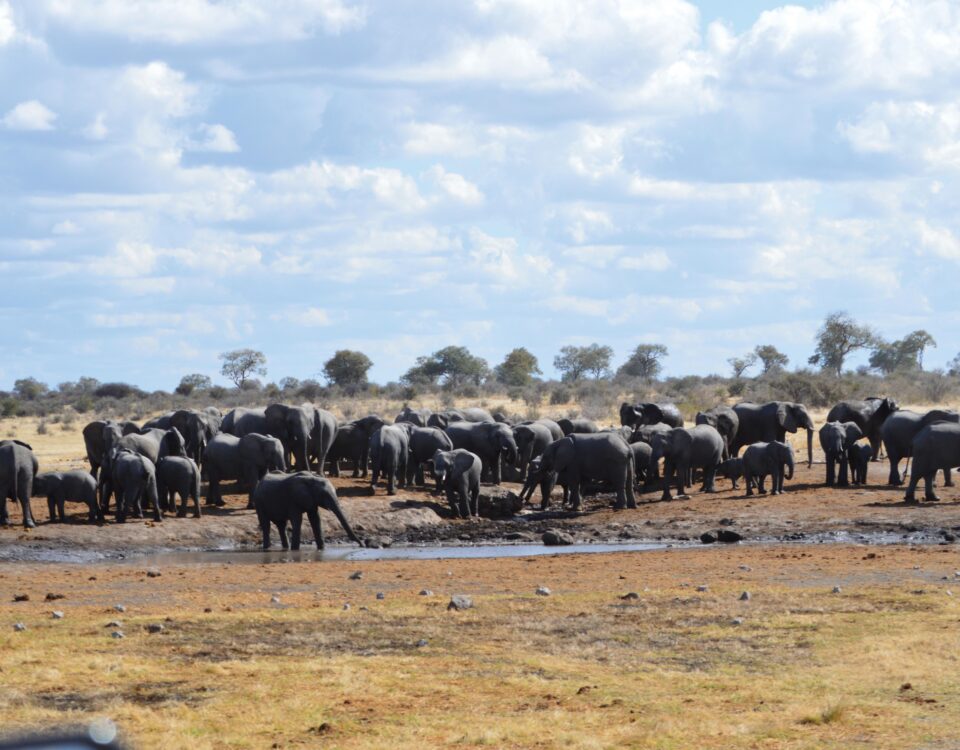
Photo feature – Tarry Butcher
June 21, 2017
Windhoek Lager
June 23, 2017[vc_row][vc_column][vc_column_text]Text Edward Jenkins | Photograph Hannes Brunner
[/vc_column_text][/vc_column][/vc_row][vc_row][vc_column][vc_column_text]This is the 12th in a series of articles about the gemstones of Namibia. Rocks are classified in three distinct groups: igneous (crystallised from molten magma); metamorphic (re-crystallised from pre-existing rock); and sedimentary (deposited by water, wind or ice, or through organic, vaporative, or chemical precipitate processes). Certain gems are typically found only in one type of rock, so knowing the ‘host’ allows prospectors to narrow down their search for crystal formations. As an example, beryl is usually found only in igneous pegmatite (course-grained) formations.[/vc_column_text][/vc_column][/vc_row][vc_row][vc_column width=”1/2″][vc_column_text]B
eryl crystals and the beautiful gemstones derived from them are highly popular, since they tend to be hard, durable and transparent. The gems are categorised by colour: ‘pure’ beryl may be green to colourless; heliodor is yellow; emerald is green; morganite is pink; and aquamarine is blue-green. But in recent years, a new category has emerged: a two-tone variety with a sharp demarcation line between the colours, called variously two-tone beryl, bi-coloured beryl, or aquador.
Two-tone specimens are extremely rare. While occasional examples have been reported from Brazil and northern Pakistan, the best-documented discovery was in Namibia’s Erongo Mountains in 2006. These typically hexagonal crystals may be blue to yellow (thought to be an aquamarine/heliodor combination), or bluishgreen to brownish orange (possibly an aquamarine/
morganite combination). The cut weight of gems found in Namibia varies from approximately five to 25 carats.
A local miner explained that one reason for the extreme rarity of these stones is that the crystals are covered with a layer of feldspar, “…and you can’t see what’s going on inside until you cut them open.” Even though these gems are rarely flawless, only a few pockets of the stones have been mined, so the value remains commensurate with their scarcity.[/vc_column_text][/vc_column][vc_column width=”1/2″]

Since oral traditions about the special powers of gemstones grow over time, very little has been written about the purported health or spiritual benefits
of two-tone beryl. However, it has been described as a ‘stone of courage’, and one that has the property of linking spirituality with intellect.
Combining the spirituality of this very rare gift of nature with sound intellectual reasoning, the logical result could well be a decision to purchase examples of this locally mined and locally cut ‘all-Namibian’ stone, either as an investment to complement a collection of rare gems, or as a gift to compliment a rare person.[/vc_column_text][/vc_column][/vc_row][vc_row][vc_column][vc_column_text]This article was first published in the Flamingo August 2011 issue.[/vc_column_text][/vc_column][/vc_row]


